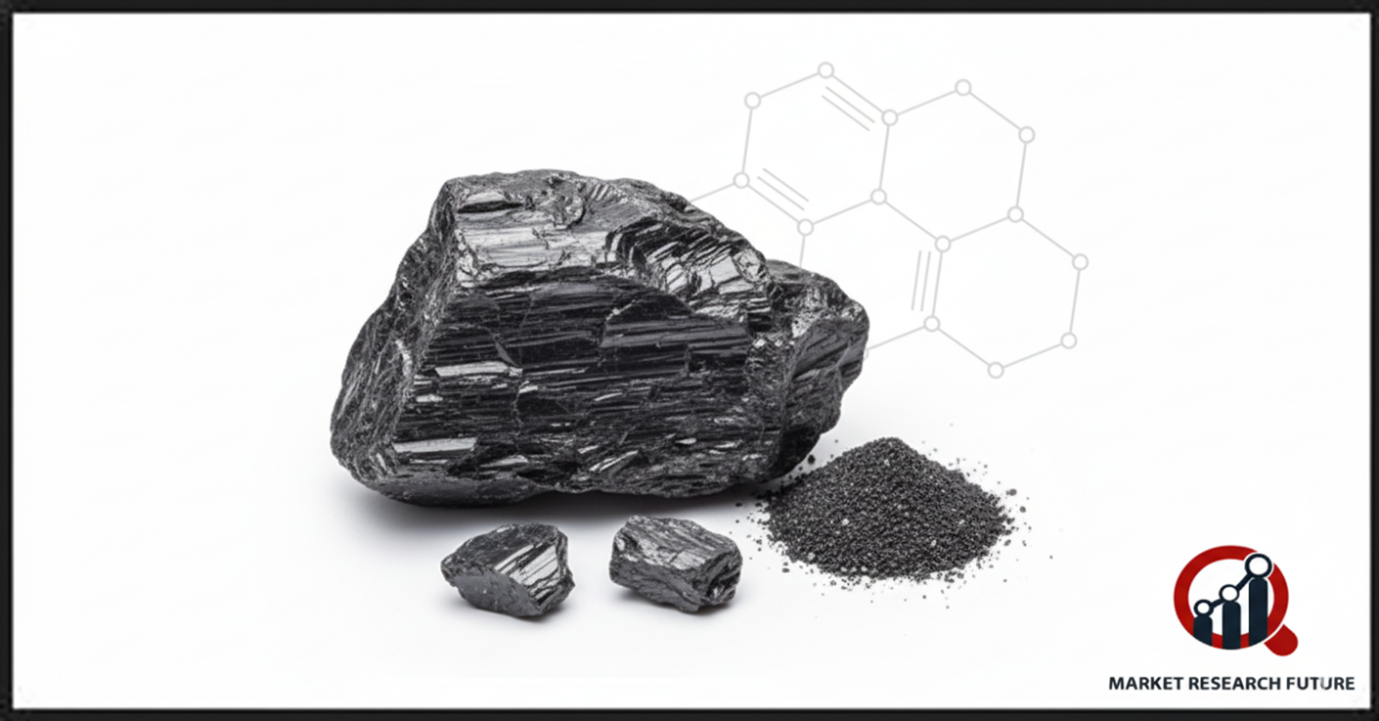Graphite: How Thought Leaders Can Leap Forward

Market Insights on Graphite
Graphite has evoked creativity for centuries. It has transformed for versatile applications across multiple industries and fields of articulation — from art and writing to science and engineering. Nowadays, it has fundamental uses in metallurgy, energy storage, and advanced electronics.
A Brief History of Graphite
Graphite was first discovered in England around 1660 and was famously used to make “pencil lead,” which contained no lead. Before that, deposits were mined in Poland, and the mineral’s name “graphite” derives from the Greek word “graphein,” meaning “to write.”
Graphite was used in writing instruments for many years, until the 1980s, when it became widely used in semiconductors. It was then that the electronics and energy systems industries began to transform. Graphite’s unique properties of conductivity and layered atomic structure were key to these innovations.
The Unique Characteristics of Graphite
Graphite is a type of carbon that contains one atom layer in a hexagon shape. These layers are loosely connected, and that’s why graphite is soft and acts as a lubricant. Under a microscope, this structure is shimmering, which is why graphite is sometimes called ‘Sheet Iron’
Here are some unique characteristics of graphite:
- Hardness: Graphite is 6-7 on the Mohs hardness scale. Which means it is softer than a diamond but harder than steel.
- Colour: Has a variety of colours, graphite can be different shades of black, grey, brown and even change to grey/white.
- Thermal and Electrical Conductivity: Graphite is a great conductor of heat and electricity.
- Lubricity: Graphite reduces friction, which is ideal in lubricants for industrial purposes.
The grading of graphite is a refinement that determines its usage. Pawn has graphite for art, while high-grade graphite is used in advanced technologies.
The grade C pencil lead is made from natural graphite with a lot of removal of impurities.
Graphite is used in steel making, batteries and electronics. First, it is crushed from big nodules to granules, and then it is melted and cooled to allow it to crystallize. It is then high-purity graphite that enhances the performance for its intended purpose.
Applications Across Industries
The numerous uses of graphite make it invaluable in various industries:
- Steel Manufacturing: Used as an additive to boost quality.
- Energy Storage: An essential component in lithium-ion batteries that power electric vehicles and renewable energy technologies.
- Consumer Products: Everyday items such as pencils, lubricants, and sports equipment.
- Electronics: Used in semiconductors, transistors, and other advanced integrated circuits.
With the shift towards green technologies, especially graphite in battery production, the importance of graphite will continue to grow.
The Supply Challenge
While the globe produces about 82 million tons of graphite and mining annually, only 29% of it is passed as industrial-grade graphite. With the rise of electric vehicles and renewable energy storage systems, this difference poses a supply constraint.
Pressure refining, flotation, and electrorefining are advanced refining methods to combat this issue. Electrorefining has better potential as a green method since it uses power instead of water and yields valuable advanced carbon materials such as graphene and carbon nanotubes.
Conclusion
With the demand for high-quality batteries, steel, and electronics, the demand for graphite will only increase, as industries around the world rush to electrify. We need to invest in sustainable mining, innovate in refining processes, and develop skilled labor to meet this demand. Therefore, advanced thinkers in materials science and manufacturing need to take a leap to make graphite advancements more sustainable and efficient.

Leave a Comment